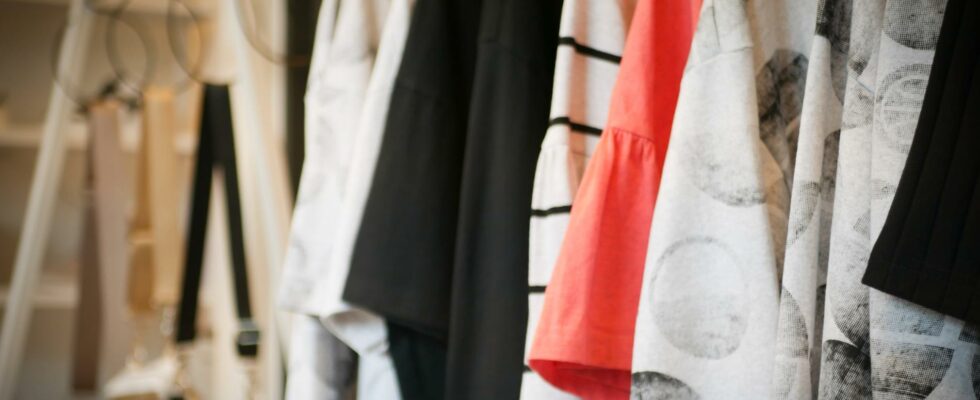unsaveSave
expand-left
full screen Almost a third of what we have in the wardrobe is not used or is used very rarely. Photo: Agneta Elmegård
Many leave clothing and textiles for circular consumption. But the more people throw away the clothes. Twice as much ends up in the garbage. Four out of ten garments thrown in the kitchen waste could have been reused.
The consumption of new textiles is increasing dramatically, while second-hand makes up a very small share of the total. This is shown by a study that researchers at the IVL Swedish Environmental Institute have carried out within the Usereuse project.
– About a third of the clothes and textiles we have in the wardrobe are not used or are used very rarely. That’s twice as much as we leave for reuse. There is great potential for increased collection, says Jurate Miliute-Plepiene, researcher at IVL, in a press release.
In the project Usereuse, researchers at IVL have analyzed various textile flows – from purchase, use and reuse to final handling. They have studied waste to find where the greatest losses occur and where increased reuse in society can be expanded.
– The study is unique as it is the first of its kind to explore and compare the role of reuse in relation to the total consumption, use and waste flows. We mainly collected data from our partners in the project, including municipalities and charities, comments Jurate Miliute-Plepiene.
Overall picture of the study:
Just over a fifth of collected textiles are reused in Sweden, while the rest are exported to other markets
Collection channels affect the quality of recycled textiles.
Leaving textiles in collection boxes and containers with waste operators often means poorer quality as more is destroyed by moisture or contamination.
Almost a third of what we have in the wardrobe is not used or is used very rarely.
Used goods make up less than five to seven percent of new purchases.
